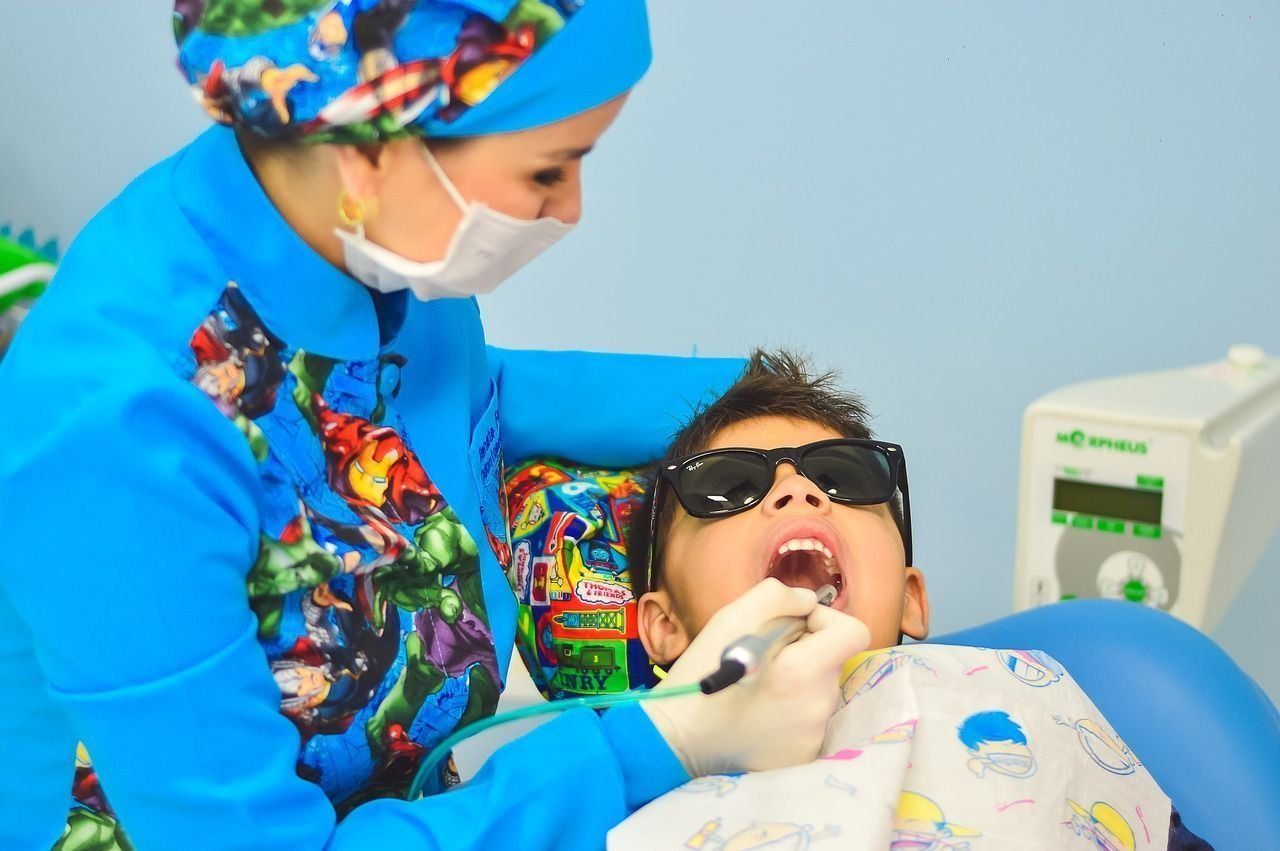Smartphone Huawei P30 - advantages and disadvantages
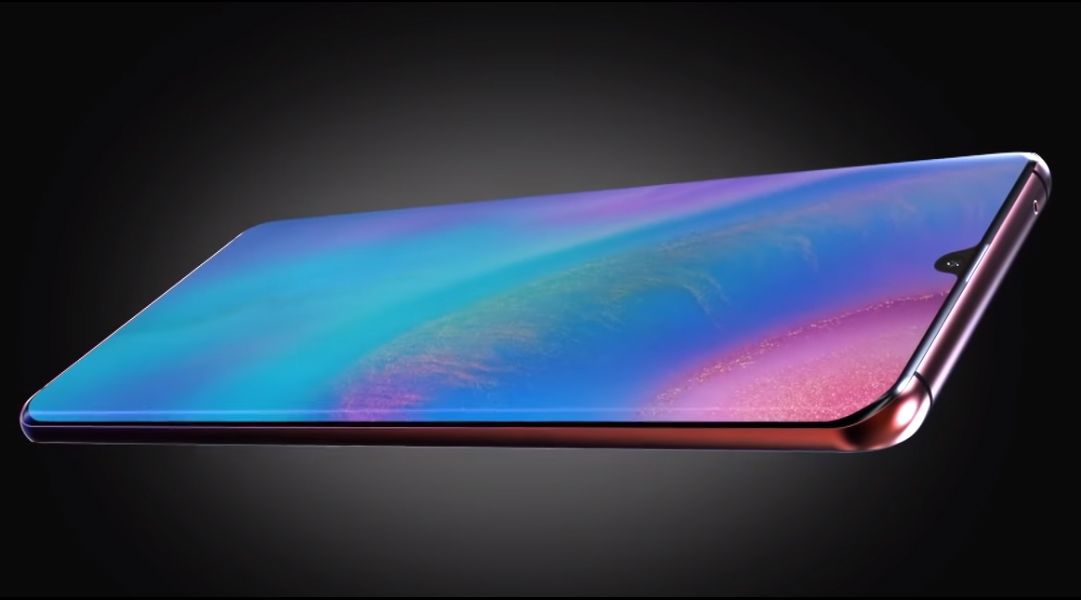
Most recently, Huawei announced the upcoming announcement of a new line of flagship smartphones such as Huawei P30 Lite, Huawei P30 and Huawei P30 Pro. It should officially take place in a few months.
Hawei's intention to update its top segment has been known since December, after which, in January, a graphic model of the new device appeared on the Internet, and now they have released another piece of information about new phones.
From the received data, it became known that the phone will be equipped with the most powerful processor used by Huawei at the moment, a bright OLED screen and several sensors for the camera.
Today we will pay special attention to the Huawei P30 model, but we will also mention the rest for comparison with the average model.
So let's get started.
Content
Brief specifications
| Main characteristics | Huawei P30 |
|---|---|
| Net: | GSM / HSPA / LTE |
| Platform: | Android 9.0 (Pie) |
| Display: | AMOLED, capacitive sensor, 16M colors; 6.1 inch; 1080 x 2340 pixels, 19.5:9 aspect ratio (~422 ppi density) |
| Camera: | 1st module 40 MP, f/1.8, 27mm (wide), 1/1.7", PDAF/Laser AF; 2nd module 20 MP, f/2.2, 16mm (ultrawide), 1/2.7", PDAF/Laser AF; 3rd module 8 MP, f/2.4, 80mm (telephoto), 1/4", 5x optical zoom, OIS, PDAF/Laser AF |
| Front-camera: | 24 MP, f/2.0 |
| CPU: | HiSilicon Kirin 980 (7 nm); Octa-core (2x2.6 GHz Cortex-A76 & 2x1.92 GHz Cortex-A76 & 4x1.8 GHz Cortex-A55) |
| Graphics chip: | Mali-G76 MP10 |
| RAM: | 8 GB |
| Inner memory: | 128GB |
| Memory card: | No |
| Navigation: | A-GPS, GLONASS, GALILEO |
| WIFI: | Wi-Fi 802.11 a/b/g/n/ac, dual-band, WiFi Direct, hotspot |
| Bluetooth: | 5.0, A2DP, LE, EDR, aptX HD |
| Sensors and scanners | Fingerprint scanner (integrated into the display), accelerometer, gyroscope, proximity sensor, compass. |
| Battery: | 4000mA non-removable Li-Po battery, 22.5V quick charge charger |
| Dimensions: | approximately 149.1x79.4x7.5 mm |
| The weight: | unknown |
| NFC system | There is |
To begin with, let's get acquainted with the expected characteristics of a new product from the Middle Kingdom
Design
Although the phone has not yet been released, we already know what the smartphone will look like thanks to the renderings posted on the network.
Based on a previously posted photo of a Huawei P30 Pro silicone case with a cutout for the camera and bulges for the buttons, such major reviewers as, for example, OnLeaks, made three-dimensional models of each of the devices.
On the back cover in the upper left corner of the P30, there will be a three-module camera with several LEDs for illumination. The power button and volume rocker will be located on the same left side.
Almost the entire front part, with the exception of very thin frames along the edges, will be occupied by a display with a small teardrop-shaped cutout on top for a selfie camera.
The case itself will be made on an aluminum frame and covered with protective glass on both sides. On the bottom side there will be 2 speakers and a USB Type C connector for charging. There is also information that phones may lose the 3.5 mm headphone output, but this version has not yet been confirmed.
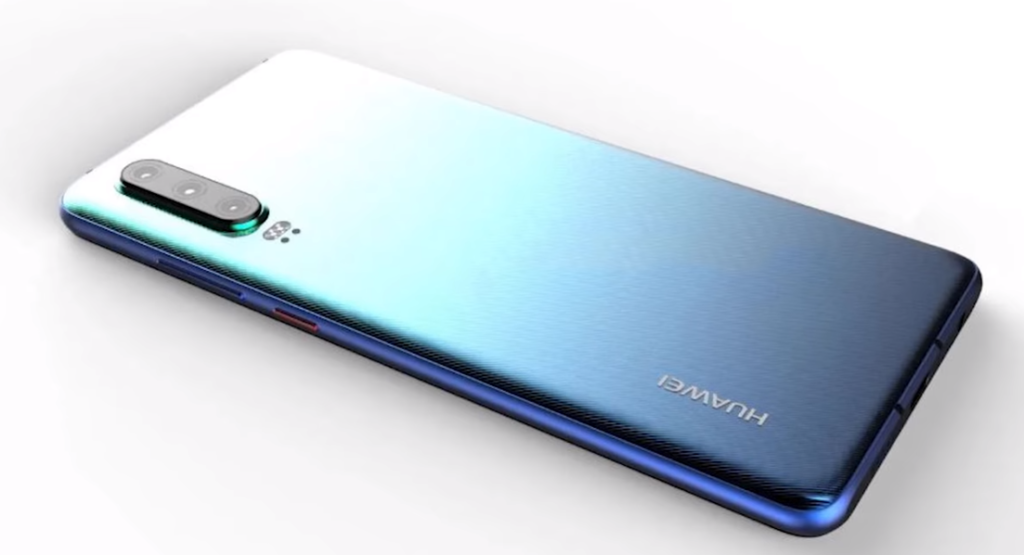
Display
The new flagship will reportedly feature a new 6.1-inch AMOLED display with a capacitive touchscreen and a resolution of 1080 x 2340 pixels at a density of 422 ppi. The aspect ratio at this size will be 19.5:9.
The new display should be bright with rich colors. At least at the moment it is announced about the color rendering in 16M colors.
The screen is made using the latest technology, which until now has been used only in the most expensive flagship models. This time, Huawei decided to change its traditions a bit and put such a screen not only on the P30 Pro, but also on the P30. Unfortunately, the Light model will not receive such a screen.
Another very nice highlight should be a fingerprint scanner built right into the display. We really hope that the Chinese will finally be able to implement this technology.
CPU
The heart of the future flagship is destined to be Huawei's top-end processor, Kirin 980. It is made using the latest 7nm process technology. All components of this SoC (Single Chip System) are carefully matched to each other and very compactly arranged.In the future, this may have the most positive effect on power consumption and heat dissipation, but in many respects the heating of the phone will still depend on its design.
This octa-core system consists of 2 large performance Cortex A76 cores with a frequency of 2.6 GHz and 2 slightly less powerful Cortex A76 cores with a frequency of 1.92 GHz. In addition to them, there are 4 energy-saving Cortex A55 cores operating at a frequency of 1.8 GHz, designed to perform simple tasks that do not require large computing power.
All cores are connected to the third level cache and its own cache for each core, which was not in its predecessor and which, of course, is a plus for the new product.
In multi-threaded mode, it is head and shoulders above its predecessor, the Kirin 970, which was in the P20.
According to the results of the throttling test, the system showed itself just fine. The A76 cores consistently gave out their maximum performance throughout the entire 15 minutes, no drawdowns were noticed during heating.
The graphics system compared to its predecessor has become much better, and, importantly, more stable. It is slightly inferior in terms of Snapdragon 845, but only at the peak of its performance, when the phone is completely cold. But as soon as it warms up, it drops sharply by a fairly decent number of points, while the Mali-G76 MP10 shows the same results regardless of heating.
As a result, the chip turned out to be quite compact and productive, especially compared to its predecessor, Kirin 970, and judging by the tests, there is a noticeable difference for the better in such parameters as performance and power consumption.
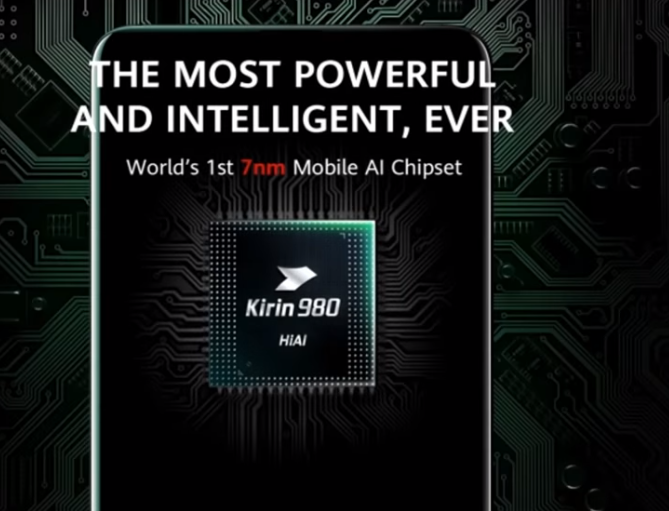
Main camera
The new flagship device successfully continues the era of cameras with a large number of sensors, which began quite recently, but has already shown interesting results. For example, at the presentation of Huawei P20 Pro with three modules for the camera, it showed simply incredible results, which were confirmed by subsequent tests.

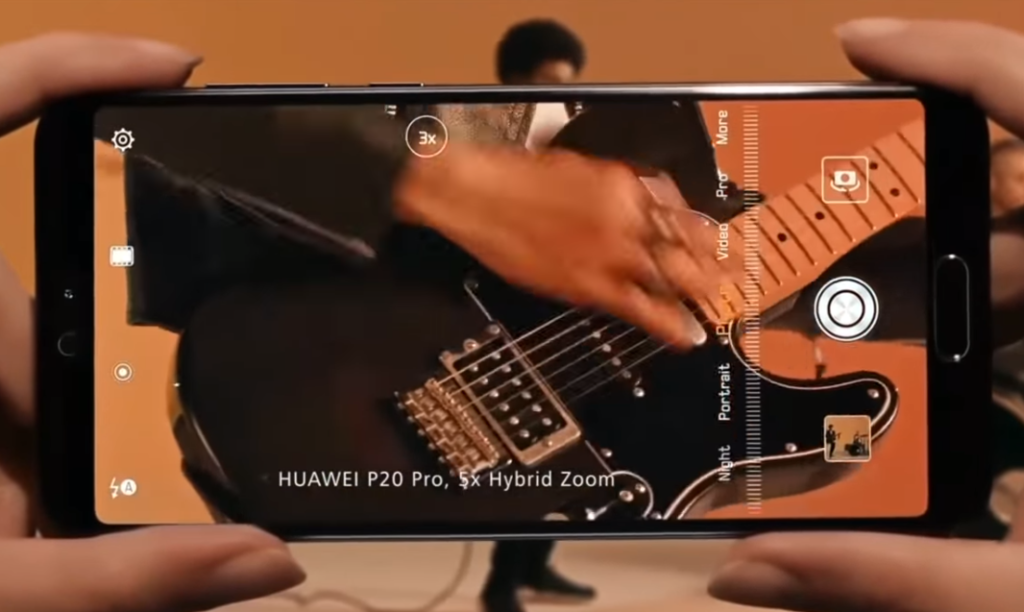
This smartphone should also receive a triple module for the rear camera, while the Pro version will receive as many as 4 cameras arranged vertically.
According to the available data in the P30, the main sensor will have a resolution of as much as 40 megapixels with an aperture of f / 1.8 and a wide-angle lens.
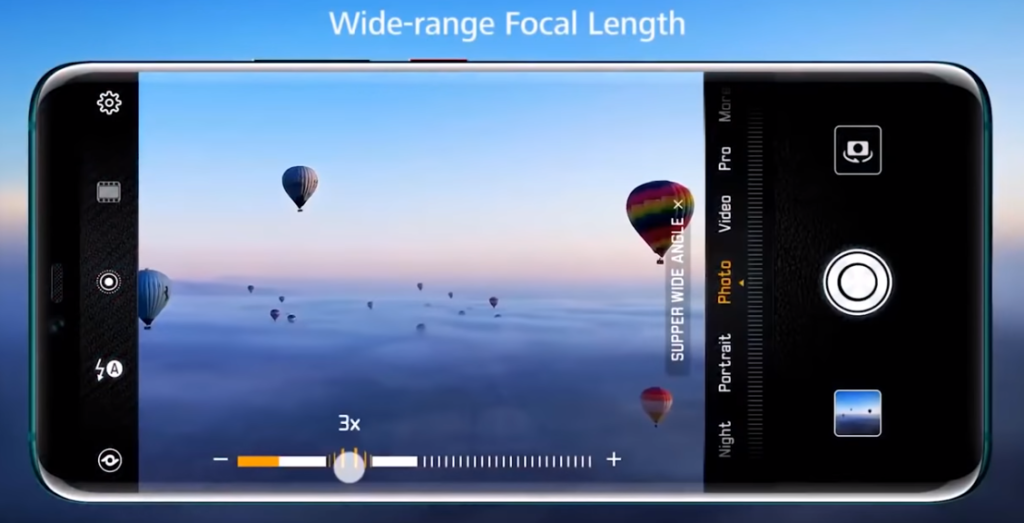
The second proposed sensor will have a 20 megapixel resolution with an f / 2.2 aperture and serve to further widen the field of view when shooting.
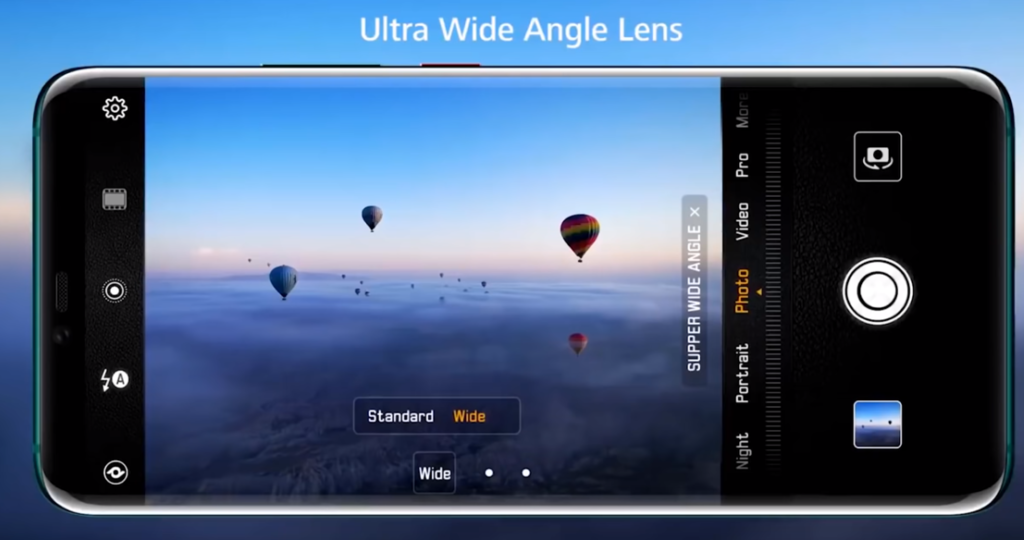
The third sensor will act as a telescopic lens with a fivefold optical zoom, which will be 8 megapixels and aperture f / 2.4.
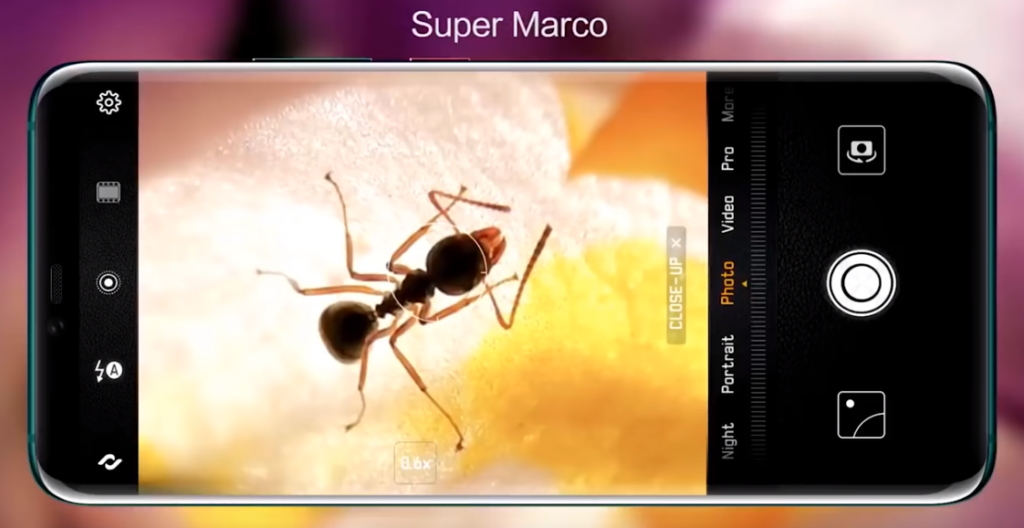
In the camera settings, so far only the HDR mode and the panoramic shooting function are known.
3 sensors will allow the camera to shoot video at a frame rate of up to 60 FPS. The maximum resolution when shooting at 60 FPS will be 1080p, and at 30 FPS it will be 2160p. For smooth shooting, the camera has a gyroscopic stabilizer.
Selfie camera
Here everything is more clear. The selfie camera should get a 24-megapixel sensor with an f / 2.0 aperture and will be able to shoot video in FullHD resolution with a frame rate of 30 FPS. Its other characteristics are currently unknown.
Memory built-in and operational
The P30 version, according to the assurances of the developers, will receive 8GB of RAM, and the Pro version will receive 12GB. Built-in memory is promised 128 GB without an SD card slot in the P30 version.
The trend with increasing RAM is undoubtedly pleasing, since this allows you to upload more system data, and with such a volume and not only system data, to RAM, which will greatly increase the speed of the firmware and applications, since there is no need to connect the built-in file processing memory.
Operating system
The new smartphone will be based on the new Android operating system called Android 9.0 "Pie".
The new version has a lot of differences from the eighth one, and the user experience is mostly positive. The developers did not make anything global in the new update, rather they fixed many minor bugs that were in version 8.0 and made several minor cosmetic changes to the interface.
It has become definitely better, new gestures have appeared, the display style of the volume slider has changed, more new information about the device has been added to the curtain, a menu of frequently used applications has appeared.
An interesting Digital Wellbeing application was added to the functionality, showing how much time you spent using applications, and also allowing you to restrict access to those that you think take too much time. It is designed to help you get rid of smartphone addiction through clear planning for the use of its functions.
The built-in Google File app acts as a program to optimize the memory used and allows you to clean up the useless junk that takes up space.
The developers from Google have made additional optimization for a more optimal consumption of the computing power of the system. The services responsible for the safety of the battery now work more clearly and better monitor battery consumption.
In general, the system has not undergone major changes and a huge list of innovations has not changed anything global in the functionality of the device, however, according to many, it has become more convenient to use it.
Battery
As for the battery, almost nothing is known yet, it is only clear that it will be a non-removable Li-Po 4000 mAh. Also, the device will have a fast charging system that will work with the included 22.5-volt charger.
Without tests, it is still impossible to determine the life of a smartphone on a single charge cycle, but we can assume that it will be able to withstand a whole day of activity.
New energy management services integrated into the OS will definitely play a role in increasing the lifespan of a smartphone.
Advantages and disadvantages
- One of the advantages will definitely be a processor that is head and shoulders above its younger brother, Kirin 970, which managed to prove itself well in the P20 line. Huawei has done a lot of work to improve it and judging by the results of the processor tests, they have done quite well;
- The three-module camera should provide unsurpassed photo and video quality;
- A large amount of RAM will be a tangible pleasant plus for speed;
- The latest OLED display with excellent color reproduction and high pixel density will be available not only in the P30 Pro, but also in the P30.
- The only drawback at the moment is only the price, it promises to be around $ 1000, but the exact data is still, of course, unknown.
Conclusion
All certain advantages and disadvantages are still too conditional to say something concrete.Before the release of the phone, it will be impossible to find out something for sure, but in our article we tried to cover all the known details about the device of the future flagship in as much detail as possible.
new entries
Categories
Useful
Popular Articles
-

Top ranking of the best and cheapest scooters up to 50cc in 2022
Views: 131654 -

Rating of the best soundproofing materials for an apartment in 2022
Views: 127694 -

Rating of cheap analogues of expensive medicines for flu and colds for 2022
Views: 124521 -

The best men's sneakers in 2022
Views: 124037 -

The Best Complex Vitamins in 2022
Views: 121942 -

Top ranking of the best smartwatches 2022 - price-quality ratio
Views: 114981 -

The best paint for gray hair - top rating 2022
Views: 113398 -

Ranking of the best wood paints for interior work in 2022
Views: 110321 -

Rating of the best spinning reels in 2022
Views: 105332 -

Ranking of the best sex dolls for men for 2022
Views: 104370 -

Ranking of the best action cameras from China in 2022
Views: 102218 -

The most effective calcium preparations for adults and children in 2022
Views: 102013



